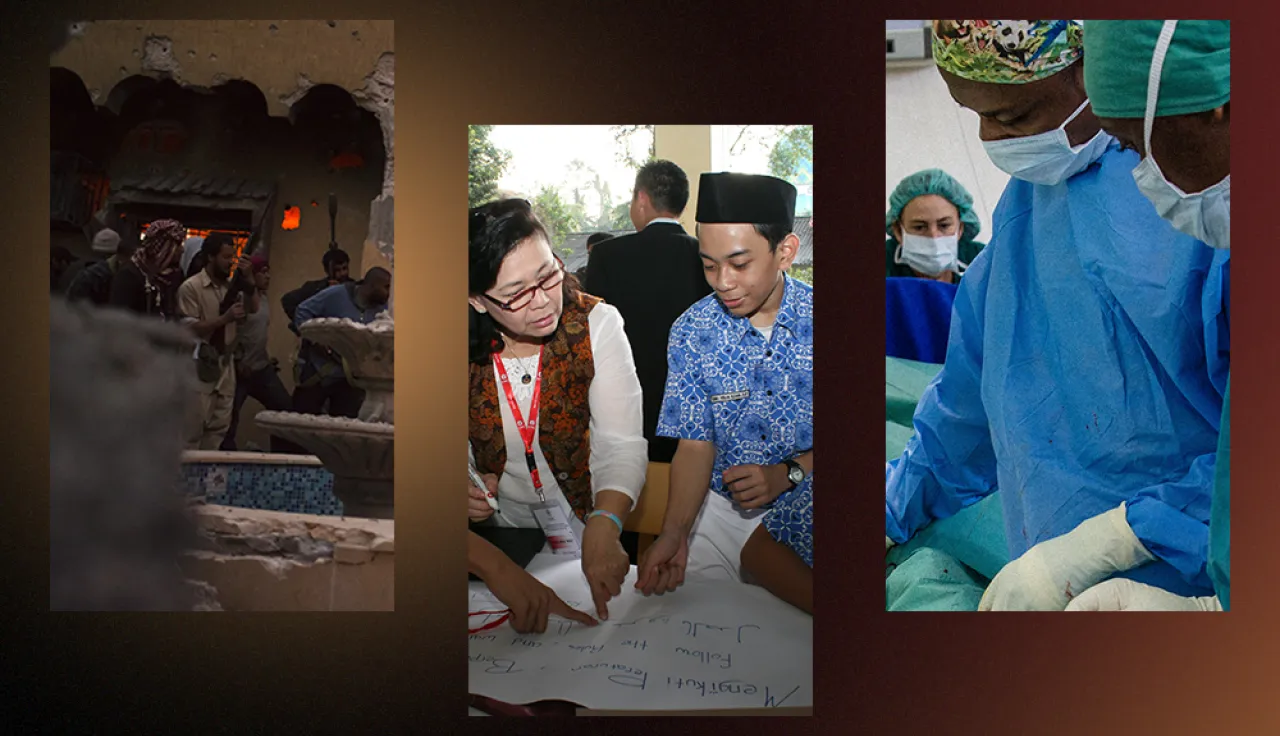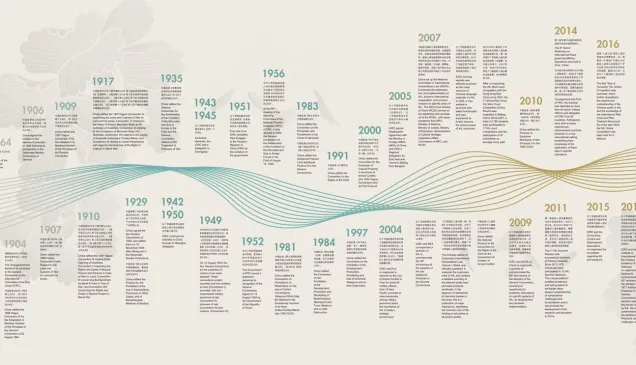The rules of war protect people. Here’s how

Stories of when international humanitarian law (IHL) works rarely make the news.
We don't see the stories of the pilots who decided not to drop a bomb after assessing that too many people would be harmed. We don't see footage of health workers crossing frontlines in conflict to provide essential health care.
As ICRC's Deputy Head of Addressing Sexual Violence team May Maloney says, "What we don't see is the good news story of international humanitarian law in action."
The realities of armed conflict are nuanced. We focus on the fired bullets and the bombs that are dropped.It can be hard to find often-invisible scenarios where the rules of war have saved lives. These alternate endings see the guns lowered whenever there are civilians and the missiles that are never launched because the risk of damage is too high.
Violations of IHL exist – there is undoubtedly terror, pain and heartbreak in conflict. There is, however, resilience, rebuilding and restoration as well. The people impacted by conflict, as with conflicts themselves, are multifaceted.
In this short video, we explore when IHL works through real stories.
Inside conflict: Why the rules of war are so important from ICRC on Vimeo.
IHL protects people. It is a set of rules that aims to limit the impacts of armed conflict.



